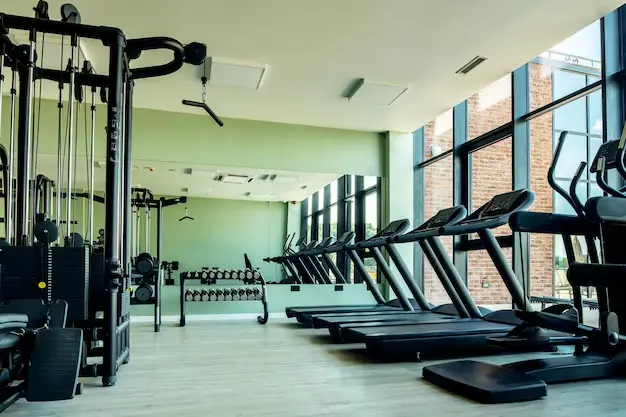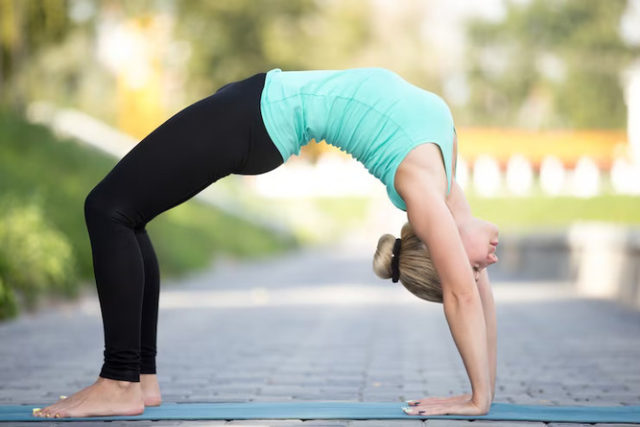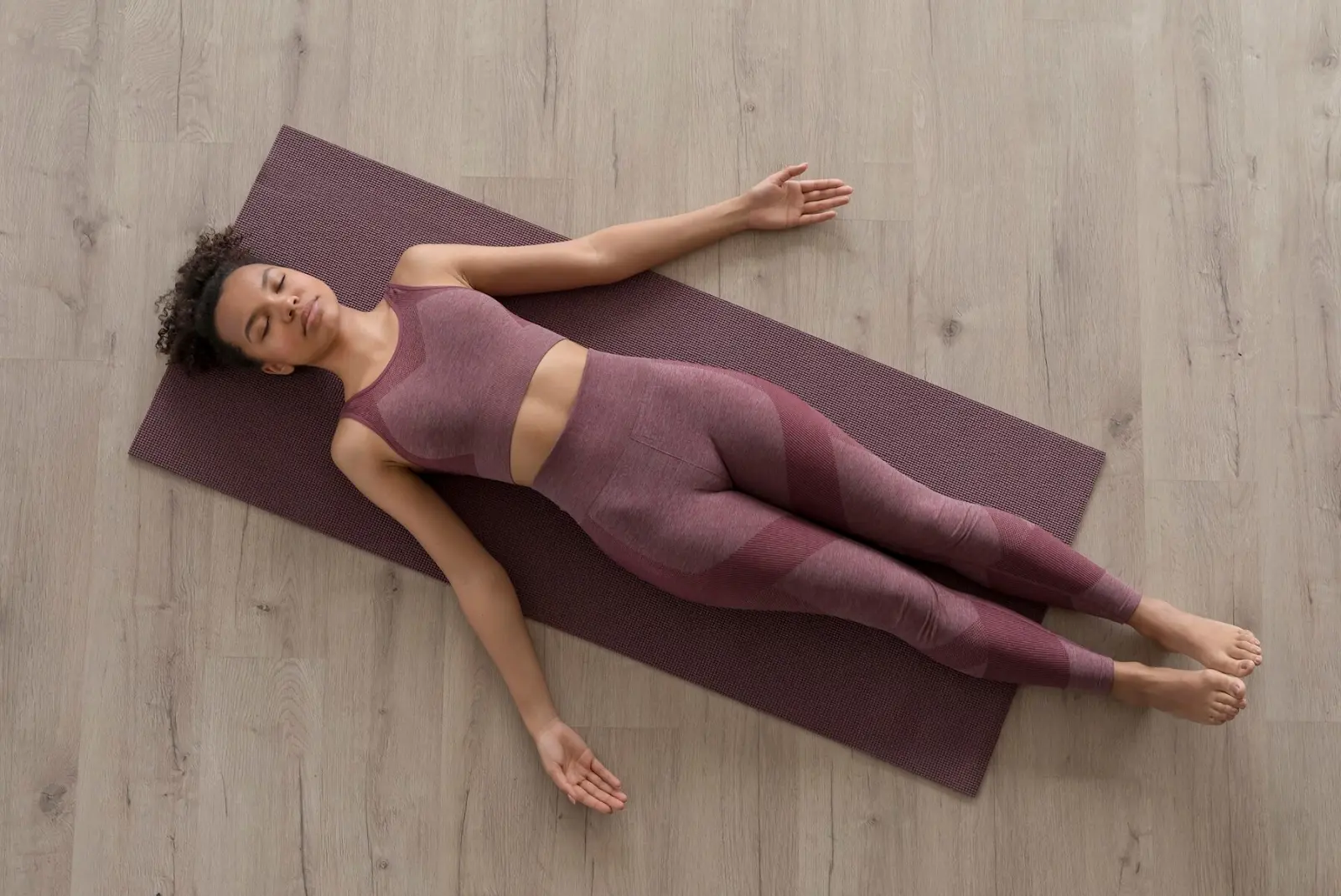Every person wants to stay healthy in the current climate by overcoming physical and mental obstacles. Traditional yoga exercises involve stretching, holding the pose (asana) for a brief period of time, and concentrating on breathing. These poses strengthen the mind and body while toning the body. These poses strengthen the mind and body while toning the body. Warrior Pose, also known as Virabhadrasana, is a yoga pose used in many different yoga styles, such as Hatha, Vinyasa, and Ashtanga. The yoga pose known as Virabhadrasana, which was named after the Hindu god Shiva who created the legendary warrior Virabhadra, has three versions. Virabhadrasana I, Virabhadra II, and Virabhadra III are these variations.
- Virabhadrasana I: is a static position in which one leg is extended back, the front knee is bent, and the arms are raised to the sky with said hands clasped over the head.
- Virabhadrasana II: In Virabhadrasana II, the arms are stretched out toward the corners, with the front hand trying to reach forward with the rear arm reaching behind, trying to form a T-shape with said body. This standing pose also aims to extend one leg back.
- Virabhadrasana III: To perform the advanced pose known as Virabhadrasana III, one leg must be balanced while the other is extended back and the arms are raised to the front of the space, forming a perfect line with the body from the fingers to the toes.
All three Virabhadrasana versions are credited with enhancing hip, shoulder, and spine flexibility as well as strengthening the legs and improving balance. They are also thought to provide the practitioner with a sense of power and empowerment, as well as strength and concentration.
The benefits of the warrior pose or Virabhadrasana
The warrior Virabhadra, who is thought to have been formed by the Hindu deity Shiva, is named after the position. The Warrior Pose comes in three different forms, each of which offers various advantages. The benefits are as follows:
- Strengthens body: Virabhadrasana is an excellent exercise for strengthening the arms, legs, and core. The pose requires holding the body still, which helps build stamina and endurance. Individuals suffering from osteoarthritis are suggested to do this yoga.
- Stability: Increases stability and balance by requiring participants to remain on one leg while performing the pose.
- Extends the muscles: The thighs, hips, and chest are all stretched during the Warrior Pose. Flexibility can be increased and stress in the body can be relieved.
- Opens up the hips: Hips are required to be opened in the Warrior Pose, which can aid to ease hip pain and increasing the range of motion.
- Enhances posture: By strengthening the back muscles, this pose can enhance stance and reduce the likelihood of back problems.
- Energy-boosting: Virabhadrasana is very much an invigorating posture that can aid in boosting energy and enhancing mental clarity.
- Reduces stress: By encouraging calm and deep breathing, the Virabhadrasana may assist to minimise anxiety and stress.
- Enhances focus: This pose calls for focus and discipline, which can aid in enhancing mental focus and clarity.
- Builds confidence: Pose is strong and forceful, which can aid in boosting one’s self-confidence and self-esteem.
- Enhances digestion: By activating your abdominal organs and encouraging blood flow to the digestive system, the position can assist to enhance digestion.
In summary, Virabhadrasana is an effective yoga stance that has a number of mental and physical advantages. Including this pose in your routine will help you feel better overall, regardless of your level of yoga experience.
Conclusion
As a substitute for conventional exercises, yoga offers a variety of advantages for the body’s health, strength, and function. Clinicians may think about virabhadrasana and its variations as a useful treatment for enhancing mental and emotional well-being and reducing fatigue and stress.




































